Unleashing the Power: The Ultimate Guide to Choosing the Right Battery Pack for Your Needs
In today's fast-paced world, the demand for reliable and efficient energy storage solutions is at an all-time high, making the selection of the right battery pack more critical than ever. According to a recent report by Research and Markets, the global market for battery packs is expected to reach $120 billion by 2025, growing at a CAGR of over 20% from 2020 to 2025. This surge is driven by the increasing adoption of electric vehicles, renewable energy systems, and portable electronic devices.
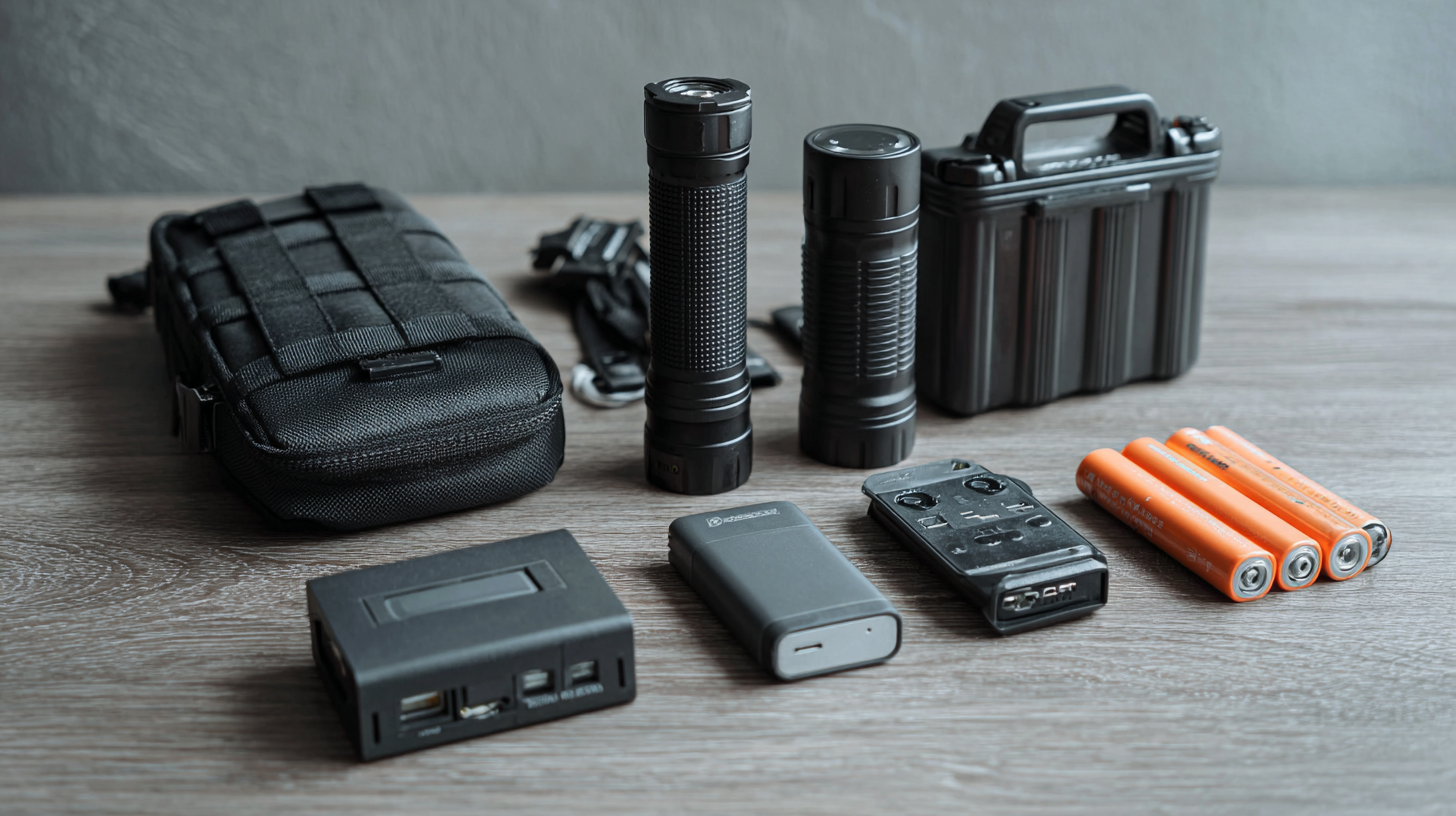
As consumers and businesses alike navigate the diverse array of battery technologies, understanding their specific needs and the unique characteristics of various battery packs is essential for optimizing performance and ensuring longevity. In this ultimate guide, we will explore key factors in choosing the ideal battery pack to unleash its full potential, empowering users to make informed decisions that align with their energy requirements.
Understanding Battery Chemistry: A Detailed Look at Lithium-ion, NiMH, and Lead-Acid Options
When choosing the right battery pack, understanding battery chemistry is crucial. The most widely used batteries today include lithium-ion (Li-ion), nickel-metal hydride (NiMH), and lead-acid options, each with distinct performance characteristics.
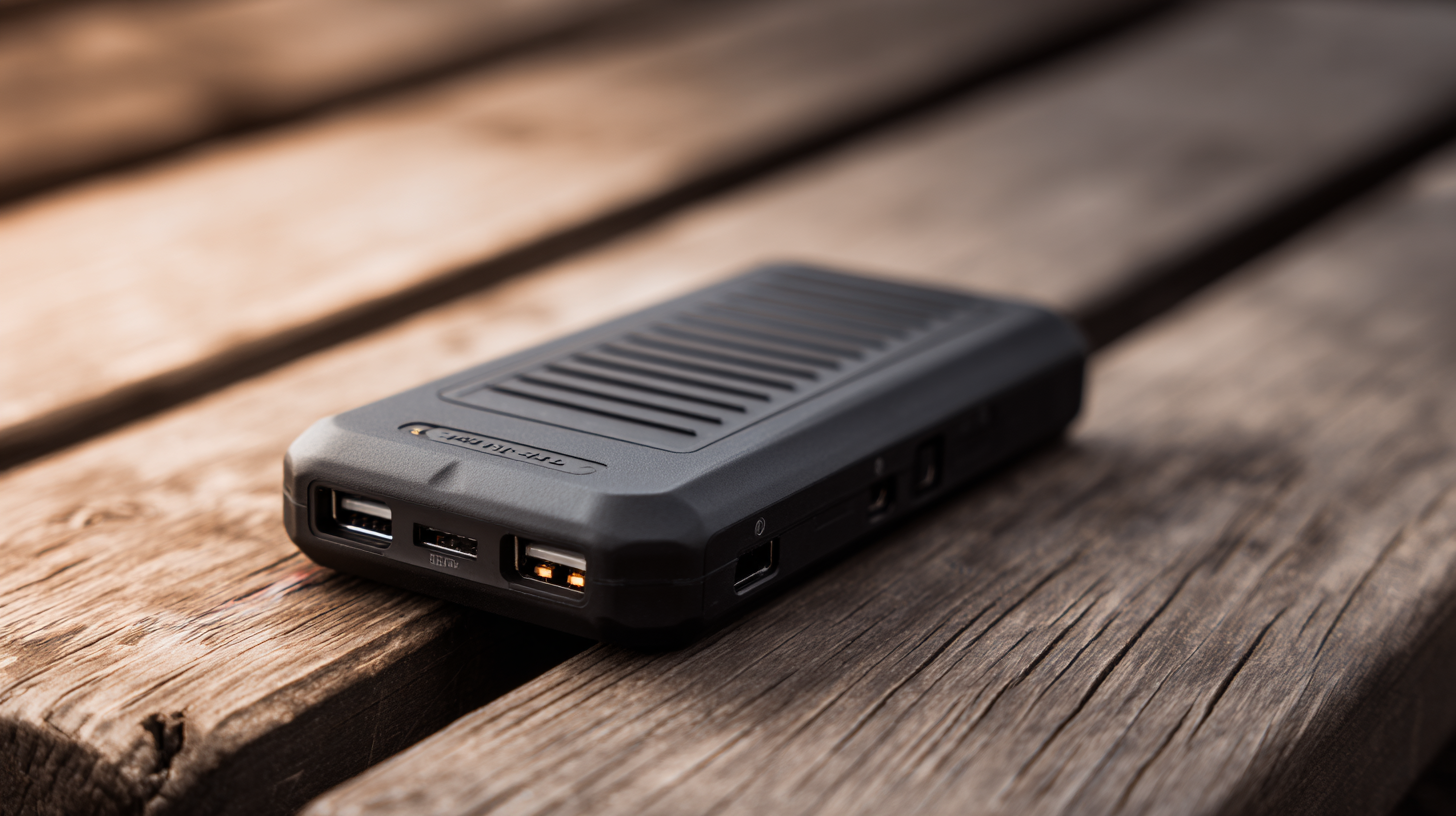 Lithium-ion batteries, for instance, excel in energy density and can efficiently discharge and recharge through chemical reactions that transfer electrons. These batteries are not only pivotal in consumer electronics but are also transforming the electric vehicle (EV) landscape, highlighting their role in the ongoing evolution of energy storage technology.
Lithium-ion batteries, for instance, excel in energy density and can efficiently discharge and recharge through chemical reactions that transfer electrons. These batteries are not only pivotal in consumer electronics but are also transforming the electric vehicle (EV) landscape, highlighting their role in the ongoing evolution of energy storage technology.
On the other hand, while NiMH batteries offer a reasonable energy density and are commonly found in hybrid vehicles, they generally fall short of the performance metrics achieved by Li-ion batteries. Lead-acid batteries, known for their reliability and low cost, are increasingly being challenged by newer innovations like aluminum-ion batteries, which can recharge in just a minute while holding comparable energy levels. As new technologies emerge, such as sodium-ion batteries gaining traction for their potential cost-effectiveness and scalability, the rechargeable battery market is primed for significant growth, expected to reach $100 billion by 2030 according to industry reports. Understanding these battery chemistries and their transformative capabilities can empower consumers to make informed decisions tailored to their specific energy needs.
Evaluating Capacity and Power Ratings: How Amp-Hours and Watt-Hours Impact Performance
When selecting a battery pack, understanding capacity and power ratings is crucial to ensure optimal performance for your needs. Capacity is typically measured in amp-hours (Ah), which indicates how much current a battery can provide over a specific period. A higher amp-hour rating means the battery can run devices longer before needing a recharge. If you're powering high-drain devices or using the pack for extended periods, look for a battery with higher amp-hour ratings to avoid unexpected power outages.
Watt-hours (Wh) take it a step further by combining voltage and capacity to give you a clearer picture of energy storage. For example, a battery with 12V and 10Ah would have a rating of 120Wh. This metric becomes particularly important when comparing different batteries. Make sure to assess the power demands of your devices so you can choose a battery that meets or exceeds these requirements.
Tips: Always check the discharge rate of the battery to ensure it can handle your equipment's power needs. Additionally, consider your usage patterns—if you frequently travel or need backup power, investing in a battery with higher watt-hour ratings may provide peace of mind and flexibility in your activities.
Assessing Your Power Needs: Calculating the Right Battery Size for Your Devices and Applications
When it comes to selecting the right battery pack, assessing your power needs is crucial. The first step involves identifying the devices and applications you plan to power. Each device typically has a specified voltage and power consumption, often measured in watt-hours (Wh). By gathering this information, you can estimate the total energy requirements of your setup.
Next, calculate the required battery size based on the cumulative power demands of your devices. Consider factors such as the average daily usage time and any potential peaks in power consumption. For example, if you have multiple devices that collectively need 100 watts and you intend to use them for 5 hours a day, you would require a battery pack that can supply at least 500 watt-hours. It's also advisable to factor in a buffer, like an additional 20% capacity, to accommodate unforeseen circumstances such as extended usage or increased load. This way, you can ensure your battery pack meets your power needs efficiently and reliably.
Portability vs. Performance: Balancing Weight and Energy Density in Battery Pack Selection
Choosing the right battery pack requires a careful balance between portability and performance, particularly in an era where battery technology is advancing rapidly. With the electrification of devices and vehicles, understanding the energy density of different battery chemistries, such as Lithium Iron Phosphate and Lithium Nickel, becomes essential. Lighter battery packs may seem more appealing for their portability, but they often sacrifice capacity and longevity. In contrast, heavier options typically offer superior performance but can be cumbersome to carry, especially for outdoor activities or extended travel.
Recent evaluations of portable chargers highlight the importance of finding reliable power banks that cater to specific user needs, whether it’s for hiking, camping, or daily commuting. The best models not only boast impressive energy capacities but are also designed for ease of transport, ensuring that users can stay powered up on the go without unnecessary bulk. As the demand for effective power solutions continues to grow, selecting a battery pack that effectively merges portability with performance is more crucial than ever.
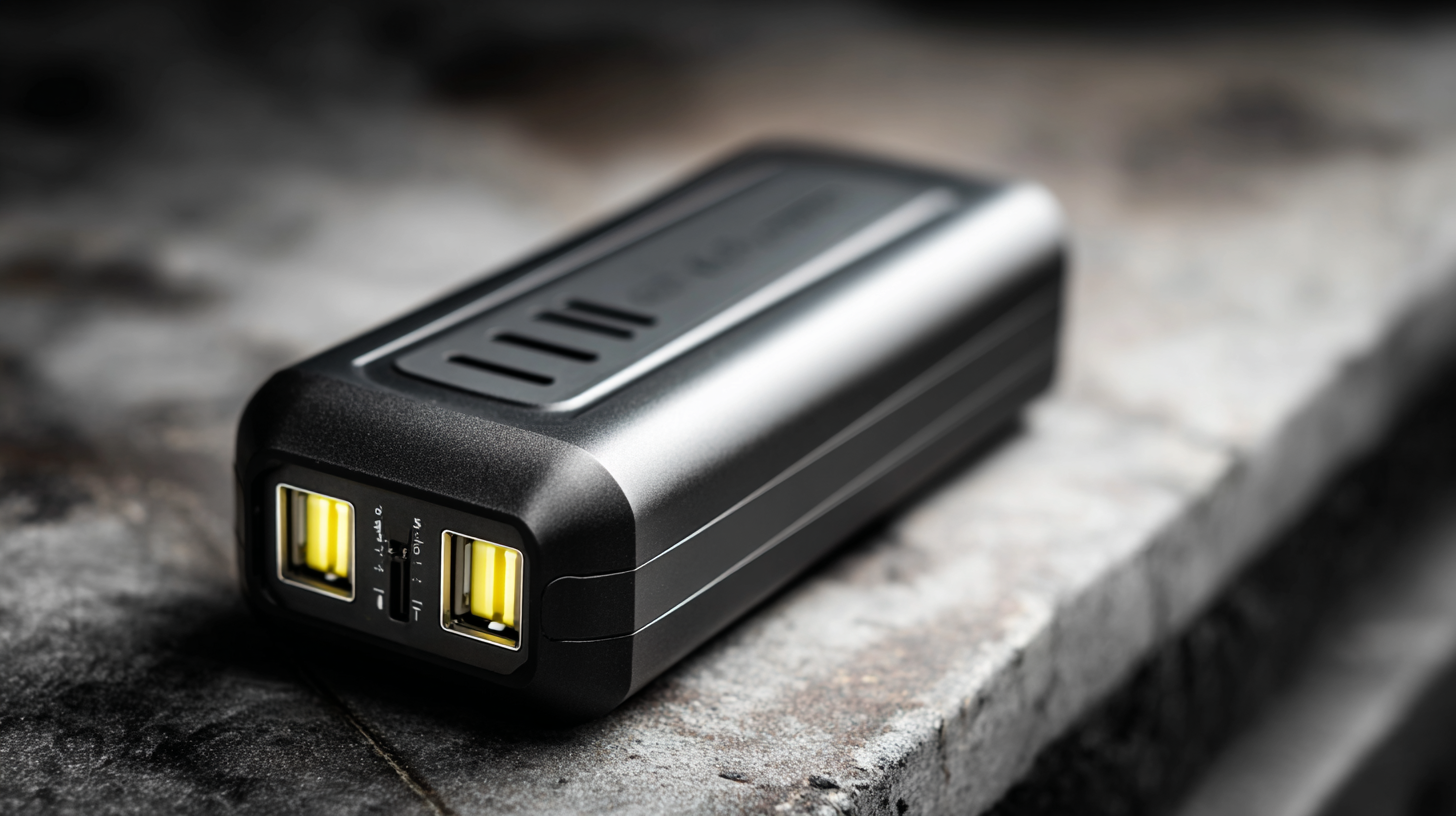
Safety Standards and Certifications: Ensuring Reliability with UL, CE, and IEC Compliance
When selecting a battery pack, ensuring reliability is paramount, and adhering to safety standards and certifications can significantly aid in this regard. Key certifications such as UL (Underwriters Laboratories), CE (Conformité Européenne), and IEC (International Electrotechnical Commission) provide essential benchmarks for battery safety and performance. UL certification, for instance, guarantees that the battery pack has undergone rigorous testing to prevent fire hazards and electrical failures. This level of scrutiny is vital for consumer confidence and product longevity.
In addition to UL, the CE mark indicates compliance with European health, safety, and environmental protection standards, making it crucial for products marketed in the European market. Meanwhile, IEC standards address international safety requirements, ensuring that battery packs perform consistently across different environments and applications. By choosing battery packs that are UL, CE, and IEC compliant, users can mitigate risks and enhance the overall effectiveness of their power solutions, ensuring peace of mind in their day-to-day usage.
Related Posts
-

Understanding the Benefits of Lawn Battery Technology for Sustainable Gardening Practices
-
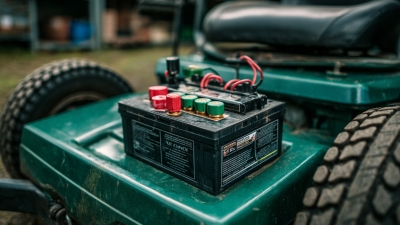
Essential Guide to Choosing the Right Lawn Tractor Battery for Optimal Performance
-

Unlocking the Future of Energy Storage Innovations with 12 Battery at the 2025 China Import and Export Fair
-

Revolutionizing Yard Care: How Lawn Batteries are Leading the Charge Towards Eco-Friendly Landscaping
-

Understanding the Rise of Gel Batteries in Renewable Energy Storage Systems
-
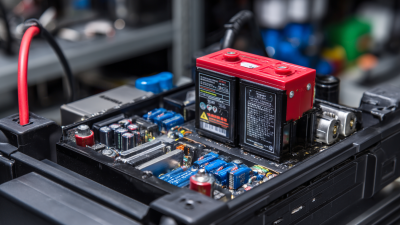
Unlocking the Benefits: Why Rechargeable Sealed Lead Acid Batteries Are the Future of Power Storage
